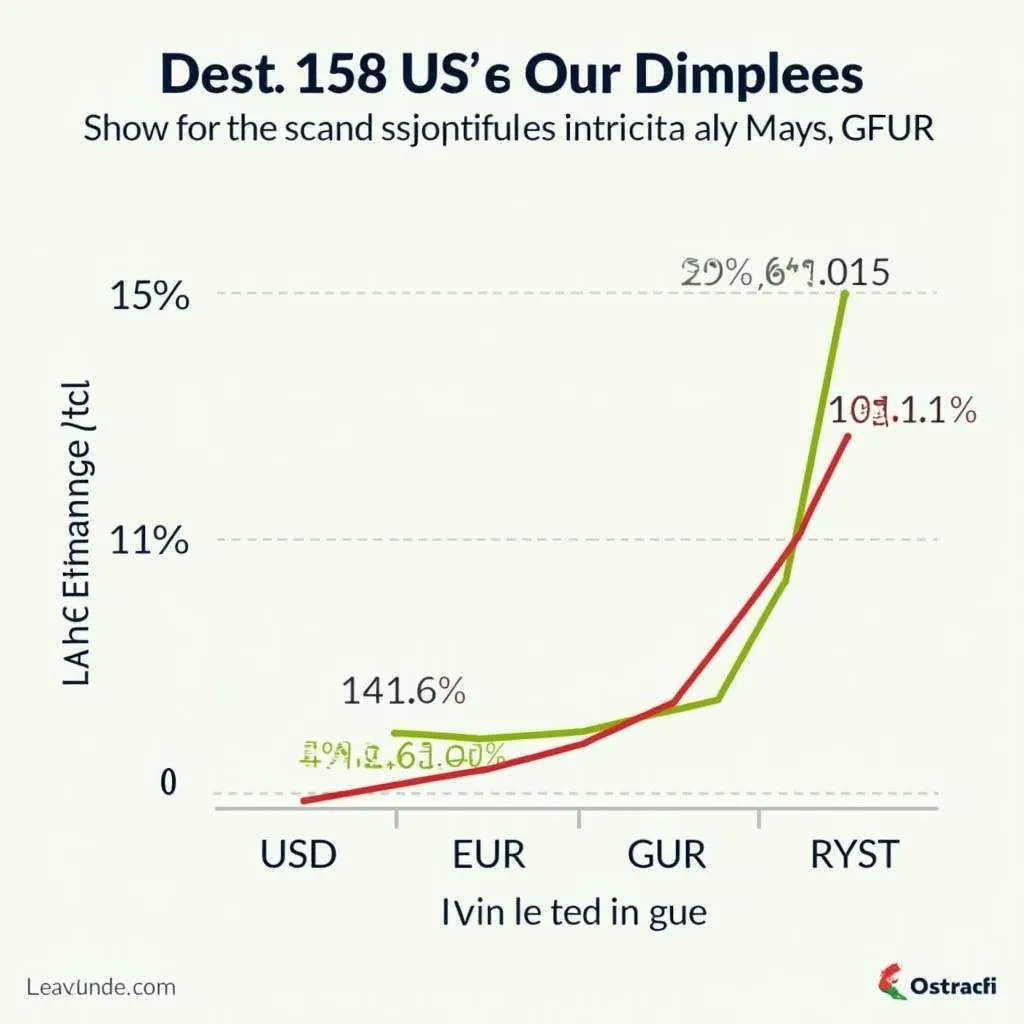Exploring the Enigmatic African Green Snake
The African Green Snake is a captivating reptile found across the diverse landscapes of Africa. This article delves into the fascinating world of these emerald-hued serpents, exploring their diverse species, habitats, behavior, and role in the ecosystem. We’ll also uncover the myths and misconceptions surrounding these often misunderstood creatures.
Unveiling the Varieties of African Green Snakes
The term “African green snake” can refer to several species, each with its own unique characteristics. From the slender, arboreal green mambas to the more docile rough-scaled green snakes, there’s a world of diversity within this color category. One thing they all have in common is their vibrant green coloration, providing excellent camouflage amongst foliage. This makes them particularly difficult to spot, even for the trained eye. Some species, like the western green mamba, are highly venomous, while others, like the spotted bush snake, are harmless to humans. This highlights the importance of accurate identification. The african green tree snake is a common species found in many parts of the continent.
Habitat and Lifestyle: Where Do African Green Snakes Live?
African green snakes inhabit a variety of environments, from rainforests and woodlands to savannas and grasslands. Their preference for dense vegetation is directly linked to their hunting strategies and predator avoidance. Most species are arboreal, spending their lives in trees, while others are terrestrial, preferring to navigate the forest floor. Their distribution across Africa is vast, spanning from West Africa to East Africa and down to Southern Africa. Understanding their habitat preferences is crucial for conservation efforts and for those who wish to observe these creatures in their natural environment. For instance, the african green mamba prefers forested regions.
Diet and Predators: The Food Chain of the Green Snake
African green snakes are primarily carnivorous, feeding on a diet of lizards, frogs, small mammals, birds, and even other snakes. Their hunting methods vary, with some species actively pursuing prey while others employ ambush tactics. Their green coloration allows them to blend seamlessly with their surroundings, giving them a distinct advantage when hunting. However, despite their camouflage, they are not immune to predation. Birds of prey, larger snakes, and even some mammals pose a threat to these emerald hunters. It’s not uncommon for an african bullfrog eating snake, demonstrating the complex predator-prey relationships within the ecosystem.
Myths and Misconceptions: Separating Fact from Fiction
Many myths surround African green snakes, often stemming from fear and misunderstanding. Some cultures associate them with evil or misfortune, while others believe they possess magical powers. It’s important to dispel these myths through education and promote a better understanding of these fascinating reptiles. One common misconception is that all green snakes are venomous. While some are indeed highly venomous, many are harmless. Accurate identification is crucial to avoid unnecessary fear and potential harm.
Conservation Concerns: Protecting the Emerald Jewels of Africa
Habitat loss and fragmentation pose significant threats to many African green snake populations. Deforestation and urbanization are encroaching on their natural habitats, putting pressure on their survival. Understanding the ecological importance of these snakes is essential for developing effective conservation strategies. Their role in controlling rodent and insect populations is crucial for maintaining a balanced ecosystem.
Conclusion: A Deeper Appreciation for the African Green Snake
The African green snake, in its many forms, is a vital part of the African ecosystem. Understanding their diverse species, habitats, and behaviors helps us appreciate their unique role in the natural world. By dispelling myths and promoting conservation efforts, we can ensure the survival of these emerald jewels for generations to come. Learning more about these enigmatic creatures, like their symbolic significance in certain african flage symbols, can enrich our understanding of African culture and biodiversity. The African green snake deserves our respect and protection, not fear and misunderstanding.
FAQ
- Are all African green snakes venomous? No, not all African green snakes are venomous. Some species are harmless to humans.
- What do African green snakes eat? They primarily eat lizards, frogs, small mammals, birds, and other snakes.
- Where do African green snakes live? They inhabit a variety of environments, including rainforests, woodlands, savannas, and grasslands.
- How do African green snakes hunt? Some species actively pursue prey, while others use ambush tactics.
- Why are African green snakes important? They play a crucial role in controlling rodent and insect populations, maintaining a balanced ecosystem.
- What are the main threats to African green snakes? Habitat loss and fragmentation are significant threats.
- How can we help protect African green snakes? Supporting conservation efforts and educating others about their importance are crucial.
Common Scenarios and Questions
-
Scenario: You encounter a green snake in your garden. Question: What should you do? Answer: Do not approach or attempt to handle the snake. Contact local wildlife authorities for assistance.
-
Scenario: You are interested in learning more about African green snakes. Question: Where can I find reliable information? Answer: Reputable herpetological societies, conservation organizations, and scientific publications offer accurate information.
Further Exploration
You might also be interested in learning about african interior design ideas living rooms.
Call to Action
For assistance or further information, please contact us at Phone: +255768904061, Email: kaka.mag@gmail.com, or visit us at Mbarali DC Mawindi, Kangaga, Tanzania. We have a 24/7 customer support team.

